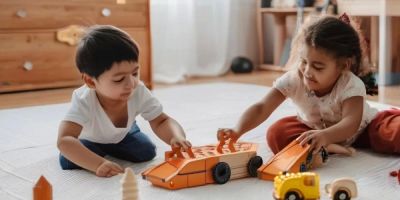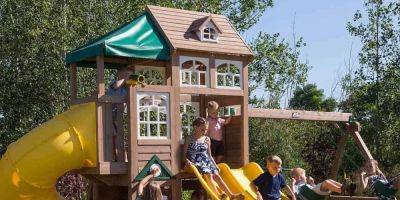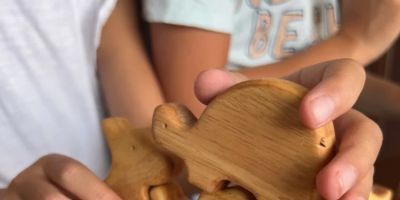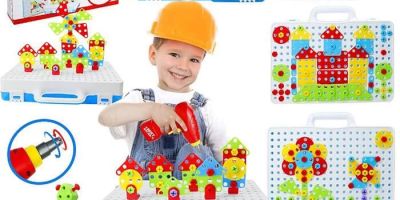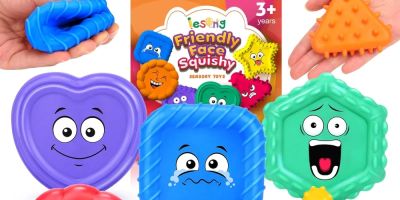- 1-Understanding-educational-toys-and-their-benefits
- 2-Key-factors-in-choosing-educational-toys
- 3-Matching-toys-to-child-development-stages
- 4-Real-stories-showing-impact-of-educational-toys
- 5-Where-to-find-the-best-educational-toys
1. Understanding Educational Toys and Their Benefits
Educational toys are designed to stimulate learning and development in children while keeping play fun and engaging. They go beyond entertainment by fostering essential skills such as problem-solving, creativity, motor coordination, and social interaction. Knowing how to choose the best educational toys for kids means selecting products that support these areas effectively.
From building blocks to interactive games, educational toys can encourage curiosity and exploration, helping children grasp concepts in science, math, language, and art at their own pace.
1.1 Why Educational Toys Matter
Educational toys offer a foundation for lifelong learning. Early exposure to stimulating play has been shown to improve cognitive abilities and emotional growth. Choosing the right toys can nurture a child’s interests and build confidence, setting them up for future success.
2. Key Factors in Choosing Educational Toys
Several important considerations ensure that educational toys truly benefit children:
2.1 Safety and Age Appropriateness
Always check the recommended age range to ensure the toy is safe and suitable. Avoid toys with small parts for young children that pose choking hazards.
2.2 Skill Development Focus
Identify which skills the toy promotes—whether fine motor skills, language development, critical thinking, or sensory exploration. Prioritize toys that align with your child’s current learning needs.
2.3 Engagement and Durability
Choose toys that are engaging and can hold a child’s attention while being durable enough to withstand active play. Quality materials and craftsmanship often make a big difference.
3. Matching Toys to Child Development Stages
Understanding developmental milestones helps in picking toys that resonate well with a child’s abilities and interests:
3.1 Infants and Toddlers
Toys that encourage sensory exploration, such as textured blocks and sound-making objects, help build foundational awareness and motor skills.
3.2 Preschoolers
At this stage, focus shifts to imaginative play, basic problem-solving puzzles, and early literacy tools like alphabet games.
3.3 School-Age Children
Educational toys can introduce more complex concepts like STEM kits, creative building sets, and board games that develop strategic thinking.
4. Real Stories Showing Impact of Educational Toys
A mother shared how her shy daughter gained confidence through a set of interactive storytelling toys that encouraged her to narrate and act out scenes, boosting communication skills and self-esteem.
Another parent recalled how building kits sparked a young boy’s passion for engineering, leading him to participate in science fairs and advanced projects. These examples highlight how the right educational toys can inspire and transform learning experiences.
5. Where to Find the Best Educational Toys
Finding quality educational toys can be overwhelming given the wide market. Knight Toys specializes in curated collections that balance educational value, safety, and fun. Whether you seek age-appropriate puzzles, creative arts sets, or STEM kits, Knight Toys offers trusted recommendations and a diverse range to suit every child’s needs.
In summary, knowing how to choose the best educational toys for kids helps parents and caregivers support development while making playtime enjoyable. Thoughtful selections foster growth, curiosity, and lasting joy.

